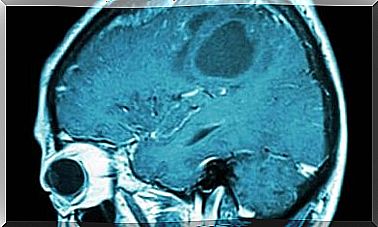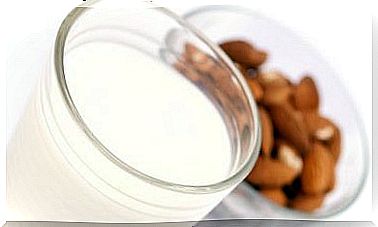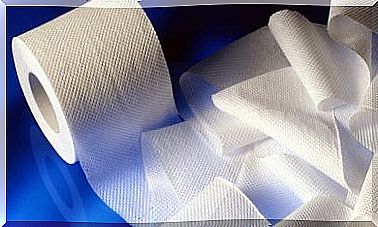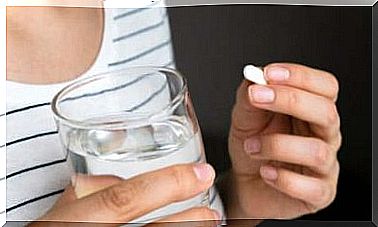Self-injectable Epinephrine: How To Use It?
Children in need, their families and guardians need to be taught how to properly use auto-injectable adrenaline to avoid further complications.
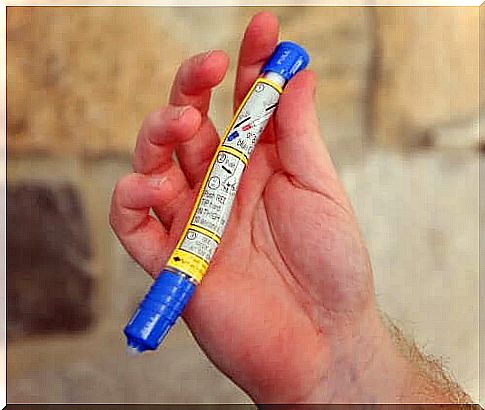
Adrenaline is a hormone and neurotransmitter that is used when a person goes into cardiac arrest. It can be administered in different ways, but today we have auto-injectable epinephrine.
This device allows us to self-administer adrenaline without needing the intervention of a health professional.
This fact has enabled us to avoid many fatal situations. Usually epinephrine is used in emergency situations where the patient’s life is in danger due to cardiac arrest or anaphylactic shock.
Self-injecting epinephrine is a device that contains epinephrine in solution and is subject to medical prescription. Two presentations are possible, with two different doses:
- Dose of 0.15 mg: recommended for children between 10 and 25 kg.
- Dose of 0.30 mg: recommended for people who weigh more than 25 kg.
Adrenaline is successful in increasing heart rate dramatically, constricting blood vessels, and dilating airways. It is also the neurotransmitter that is secreted quickly in dangerous and emergency situations, preparing the body to deal with them.
It is important to know that adrenaline is, in concrete terms, a catecholamine. Its chemical structure is a monoamine which is synthesized in the adrenal glands and whose precursors are phenylalanine and tyrosine.
Forms of administration of epinephrine
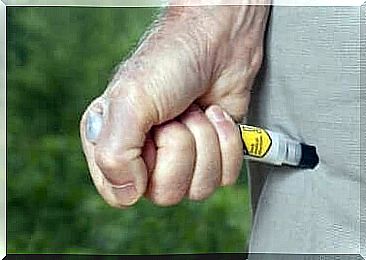
Before we focus on auto-injectable epinephrine, let’s take a look at the other ways of giving this medication.
In hospitals, this catecholamine is prepared as a solution to be administered by injection. However, there are other possible routes, depending on your needs:
- Intramuscular (IM).
- Subcutaneous.
- Intravenous (IV): under cardiac monitoring and previously diluting the adrenaline solution in water for injections of different concentrations.
- Intracardiac: only in very severe cases and if the intravenous route is impractical. The same precautions should be taken here as for intravenous administration.
How is epinephrine auto-injectable?
On the market we find two different brands of auto-injectable adrenaline: Altellus and Jext.
Both have a cylindrical shape, similar to that of a pen. At one end of this cylinder is a protected needle that will be used for injection. At the other end, there is a safety closure that must be removed at the time of administration.
When you plant the needle, once you have removed the safety on the other end, it comes out and enters the area where you want to inject the substance. However, we will now see how to use it correctly.
How to use auto-injectable epinephrine
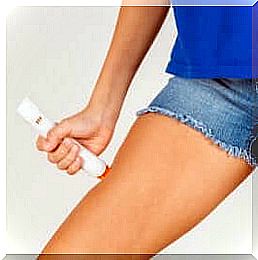
The recommended area to inject epinephrine is in the thigh, even if it is through the pants, because it is an area with a large muscle mass.
You have to press all the way, until you hear a click, so that the needle reaches the muscle and so that the adrenaline can be absorbed and distributed correctly. Then the injectable substance should be held in place for 10 seconds. Once this time has elapsed, the needle can be withdrawn and the area massaged to facilitate absorption.
Here are the steps to follow to use auto-injectable epinephrine properly:
- Grasp the cylinder by the hand, as if it were a dagger.
- Remove the plug which is on the widest part of the device.
- Place the narrow part of the device on the thigh, where there is the most muscle mass. You can do this through the pants.
- Apply perpendicular pressure until you hear a “click”. It is also possible to administer it by planting it sharply, instead of applying pressure.
- Hold this position for about 10 seconds to make sure you get the full dose.
- Remove and massage the area, as we said, for another 10 seconds, to improve the absorption of adrenaline.
Children who need it, their families and guardians must be taught how to properly use auto-injectable epinephrine to avoid further complications.
Conclusion
Epinephrine is a drug that is administered by different routes, depending on the patient’s clinical situation, primarily for the treatment of cardiac arrest and anaphylactic reactions.
There are auto-injectable epinephrine formulas that should be prescribed by a doctor for the immediate treatment of anaphylactic shock.
Consult a professional if in doubt so that you can be sure of the correct administration of this medication.
